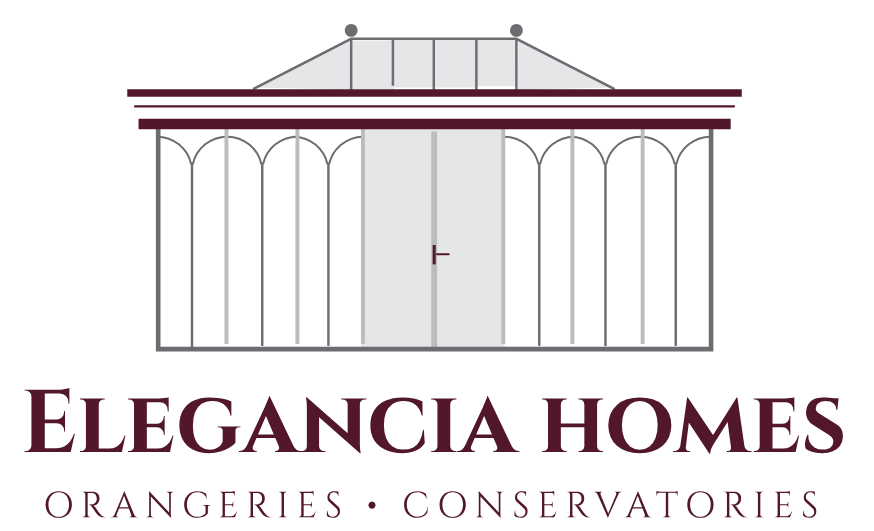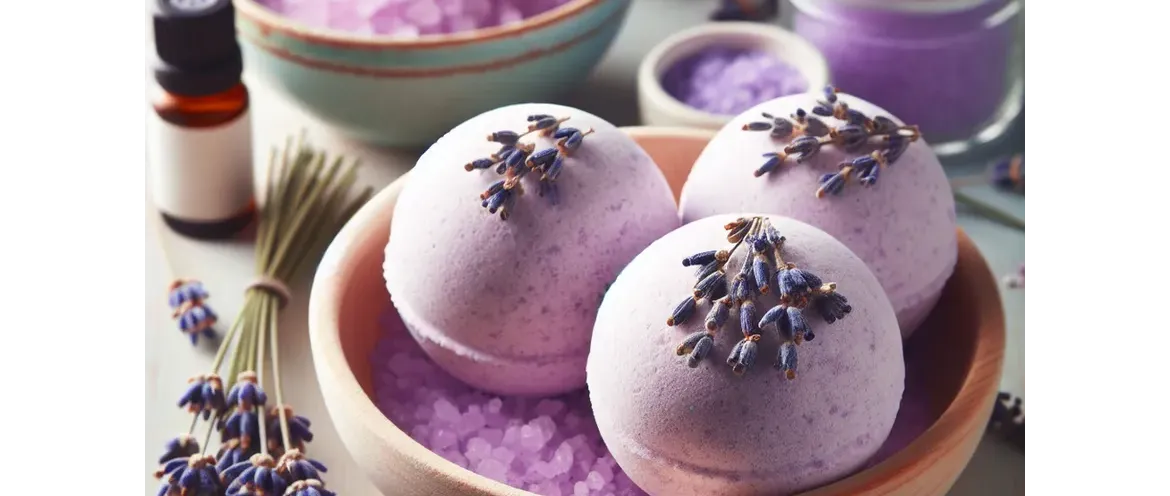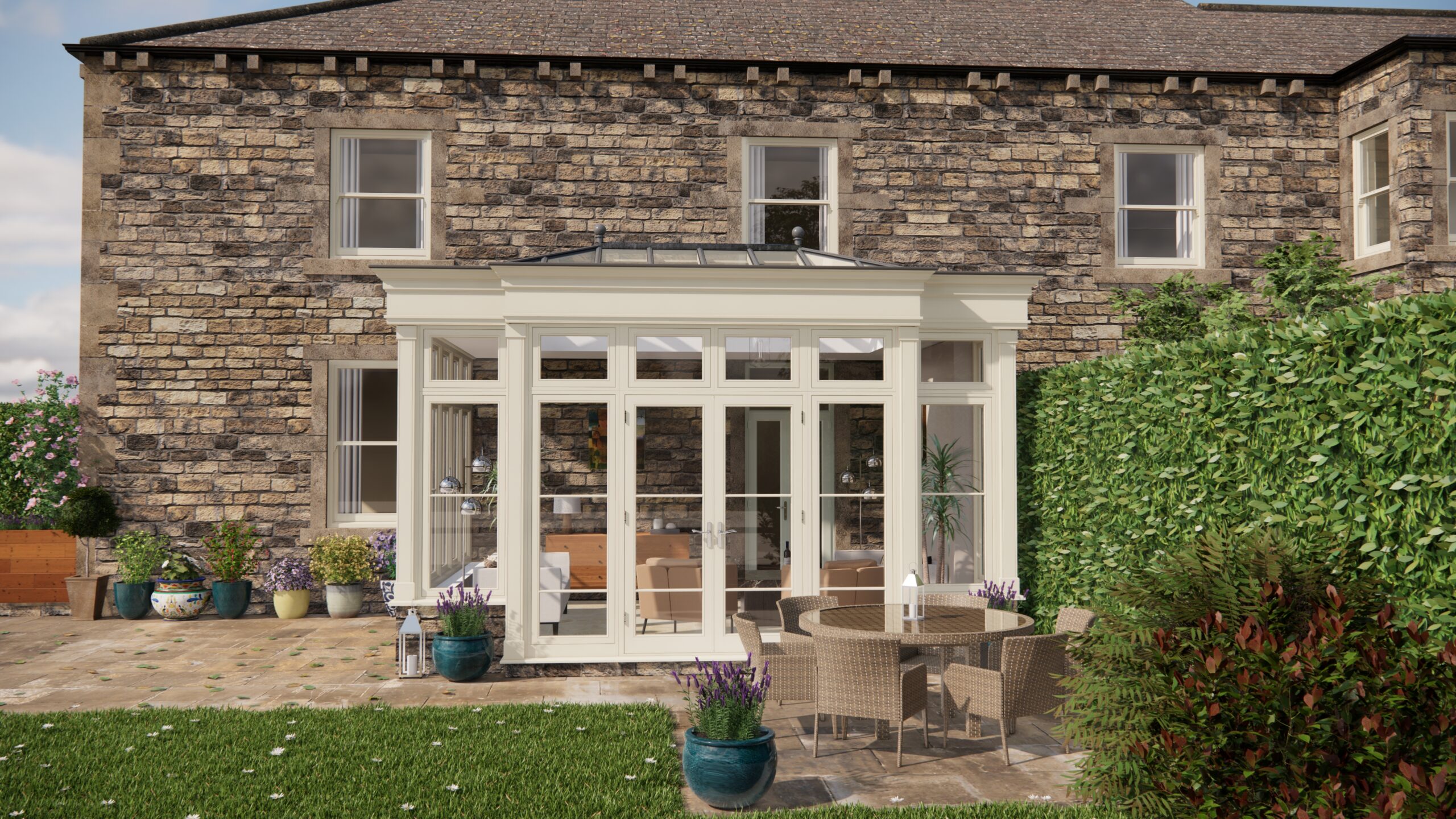I’ve always believed that self-care shouldn’t break the bank. In fact, some of the most luxurious experiences can be crafted right in our own homes. Recently, I embarked on a mission to transform my bathroom into a personal spa, armed with simple ingredients and a passion for relaxation. My starting point? DIY bath bombs and bubble bath. Let me share my journey with you, hoping to inspire your own affordable pampering sessions.
The Allure of Homemade Bath Bombs
Bath bombs. Just the name conjures images of fizzing, fragrant bliss. The store-bought versions are lovely, but they often come with a hefty price tag and questionable ingredients. That’s where the DIY magic comes in. My first recipe was a simple lavender-infused bath bomb. It required:
- 1 cup bicarbonate of soda
- 1/2 cup citric acid
- 1/2 cup Epsom salts
- 1/4 cup cornflour
- 2 tablespoons oil (almond, coconut, or olive, melted if solid)
- 1 teaspoon water
- 15-20 drops lavender essential oil
- Dried lavender buds (optional)
The process is surprisingly straightforward. First, I whisked together the dry ingredients in a large bowl. Then, in a separate small bowl, I combined the oil, water, and essential oil. Slowly, I added the wet ingredients to the dry, whisking constantly to avoid activating the fizz. This is crucial – add the liquid very gradually. Once the mixture resembled damp sand (it should hold its shape when squeezed), I pressed it firmly into silicone moulds. After 24 hours of drying, they were ready to use. I’ve found silicone moulds are easy to get bath bombs out of compared to others, but also wrapping them in greaseproof paper works well to keep the shape if you dont have moulds. The Epsom salts in these are what really relaxes the muscles in those luxurious home soaks!
Beyond Lavender: Scent and Colour Variations
Once I mastered the basic recipe, the fun really began. I experimented with different essential oils – rose for a romantic soak, eucalyptus for congestion relief, citrus blends for an energising boost. Food colouring (a tiny amount!) can add visual appeal. I even tried adding dried rose petals, orange peel zest and the lavender buds for that natural touch.
For those with sensitive skin, replacing the bicarbonate of soda with a milder ingredient like colloidal oatmeal can be a good option. Or, for extra moisturising power, add a tablespoon of shea butter to the wet ingredients.
Bubbles Galore: Crafting Homemade Bubble Bath
Next up: bubble bath. Again, the store-bought options can be pricey and full of synthetic ingredients. A homemade version is gentle, customisable, and surprisingly easy to make. My go-to recipe involves:
- 1/2 cup liquid castile soap
- 1/4 cup vegetable glycerin
- 2 tablespoons water
- 10-15 drops essential oil of your choice
Simply combine all the ingredients in a bottle and shake gently. Pour a generous amount under running water for a tub full of bubbles. The vegetable glycerine is key for creating those long lasting bubbles. I personally sometimes add about a quarter cup of honey too to help create those long lasting bubbles.
Just as with the bath bombs, you can get creative with scents and add-ins. Honey adds extra moisturising benefits, while dried herbs (like chamomile) can infuse the bathwater with calming properties.
Packaging and Storage: A Touch of Elegance
These homemade treats are not only perfect for personal use, but also make lovely gifts. I like to wrap my bath bombs in cellophane or tissue paper and tie them with a ribbon. The bubble bath looks beautiful in a glass bottle with a handwritten label.
Proper storage is important. Bath bombs should be kept in an airtight container in a cool, dry place to prevent them from losing their fizz. Bubble bath should be stored in a sealed bottle, away from direct sunlight.
Extending the Spa Experience: Wellness at Home
These DIY spa treatments are just one piece of the puzzle. Transforming your home into a sanctuary for wellness involves considering the space itself. Consider your home as a wellness centre. Yoga, for instance, is a fantastic activity to enjoy at home. A dedicated corner, perhaps in a bright and airy room, can become your personal yoga studio. Even better, if you have an orangery, the natural light and connection to the outdoors can significantly enhance your practice. Orangeries are brilliant for this activity as it allows access to the garden if the weather permits, and a bright room full of natural light when it is not. Remember to provide mats for younger children so they are kept comfortable whilst they are copying Mum.
Whether it’s a dedicated yoga space, a calming reading nook, or simply a clutter-free bedroom, creating a home that supports your well-being is an investment in yourself. Consider the colour schemes in each room too, and how these can enhance and help promote a specific mood or mindset.
By combining these easy recipes and creating a relaxing atmosphere, we can turn our homes into havens of peace and well-being. These homemade treats are an opportunity to create a little bit of magic in the everyday. You don’t need expensive equipment or training, just some ingredients, time and patience. With this you can find a new hobby whilst relaxing after a long day.


